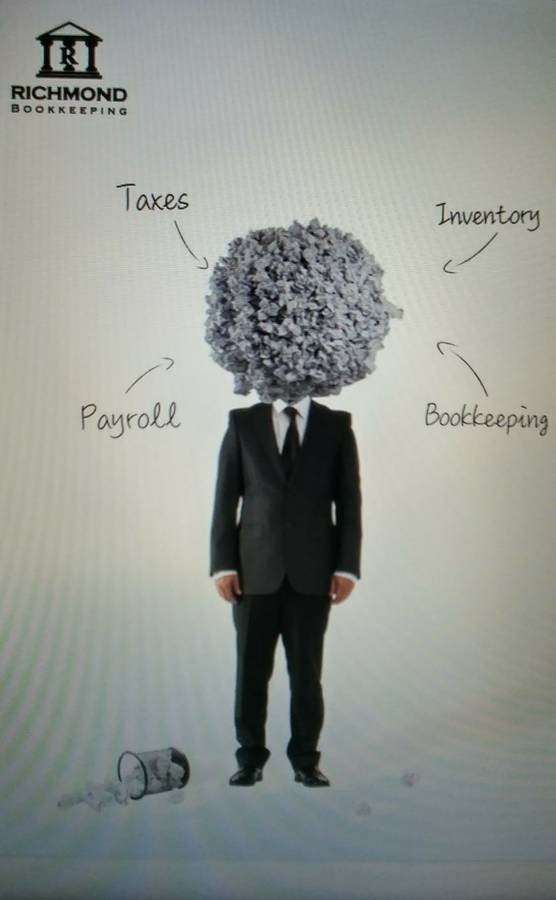Time passes quickly like the breeze. In practically no time, it is gone for eternity. Many don't get another opportunity for Ctrl-Alt-Delete or reset. Some figure out how to begin once again with Esc key in the event that they are not excessively somewhere down in the forest. We realize what is great for you and what we odd to do, however frequently put them off. For instance, we should save no less than 10% of our income routinely, taking care of all credit cards balance, monitor income and costs, cash flow planning. For some to research further on necessities and investments, RRSP, TFSA. Be that as it may, frequently we put them off. In any case, what we do rather is living in the safe place of work, the recognizable jungle gym, and universe of virtual reality like online social media and gaming.
Allow me to remind that the safe place is an extraordinary spot, yet nothing at any point develops there. Do you have at least some idea that one tweet, one minute in any event, briefly can transform you?
Since the 2020 pandemic, raising cost living on everyday items for food, shelter, gas and other necessities makes the low and middle-class squeeze harder to put something aside for their future. Do you have any idea about that the working class is diminishing and the rich gets richer particularly during inflationary times? So, what do we do? A wise person once said, “we cannot direct the winds, but we can control our sail”.
We can control our sail with MICE. The first step is MONITORING your income and costs. What is your income? Do you have an enslavement that is depleting your income? What amount do you spent a month in the café, including espresso at Starbucks or bubble tea? How much would you say you are spending on motor vehicle expenses? Understanding your spending history, will help you understand the present so you can plan for tomorrow.
The second rule is INVESTMENT. Without having investments, there is no future like funds for rainy days or having a down payment for real estate purchase. Like the ants, they stock up food during the summer and eat during the winter. Exhausting the personal TFSA (Tax Free Savings Account) and RRSP (Registered Retirement Savings Plan) is a strongly recommended. If you are a business, having a short-term investment instead of leaving everything in business chequing (unless there is no fee for maintaining a certain balance) is strongly recommended. On the types of investments, the bank has certified financial planners to advise. This is a decent beginning.
The third rule is CONTROL. Are you adjusting your sails or are you letting the winds directing your steps? Are you paying yourself first? Paying yourself first means your first fruits of at least 10% goes to savings. If you are religious, are you putting aside the first percentages for your spiritual god(s)? Our elected is not shy to forcefully deduct taxes from your income or charge interest for late payment on quarterly tax installments. Are you in command over your spending? If you would like to cut down on your personal expenses, do you have creative ways to lower your food and personal expenses like buying bulk, cooking at home, taking transits? For business, are you monitoring your variable expenses like advertising methods? If taking control of spending is hard, do you have a monthly budget? On income, do you see more open opportunities out there that you can take a stab along the edge?
The last rule is ENCOURAGEMENT. In this world, no one will believe in you unless you believe in yourself. Periodically, our negative self-talk prevented us from pushing ahead, search for new data, break new ground or have a go at something else. For me, I have several ways of empowering myself. One of them is my tennis side interest. In professional tennis, not including the best 10 players on the planet, the 11 to 200 ranked players have fairly comparable abilities levels. What set the players apart are them figuring out how to win. Days before each match, they would attempt to grasp their rivals' solid strength and shortcoming. During the initial couple of moments of the match, they would test each other out to get a vibe of one another. Then, they play different sort of strokes - level and weighty, slices, drop-shot and hit various ball pace continually. On the off chance that you notice, when they made an excessive number of unforce mistakes or are frustrated, they generally figure out how to energize themselves in the court. They urge themselves by conversing with themselves, chiding themselves, smashing their rackets on the ground. At times to quiet their nerves, regularly, whey would shut their eyes with towel, taking a gander at their rackets, siphon themselves up by hopping, skipping the ball longer before each service game to stay focus. They continually press their Esc key to reset. Great players realizes that they can't live on past fruitful shots and can't underestimate any leads during the match on the grounds that the great players can make a comeback. Best players will constantly get a grip on their feelings and figure out how to win. Dissimilar to any semblance of Federer, Nadal or Djokovic; Michael Chang from the US was one of the few players with less skills than players in his association, had no executioner shots or booming serve except for loads of strategic ball placements and fearless fighting spirit. I will never forget his 1989 French Open 4th round match with Lendl where he fought in pain to stay in the game and against all odds won. Another similar tennis player is Brad Gilbert. Their psychological durability pushed them to top 10 on the planet during their primes.
Thus, one moment, one twitch, one minute can change the match and your life.



